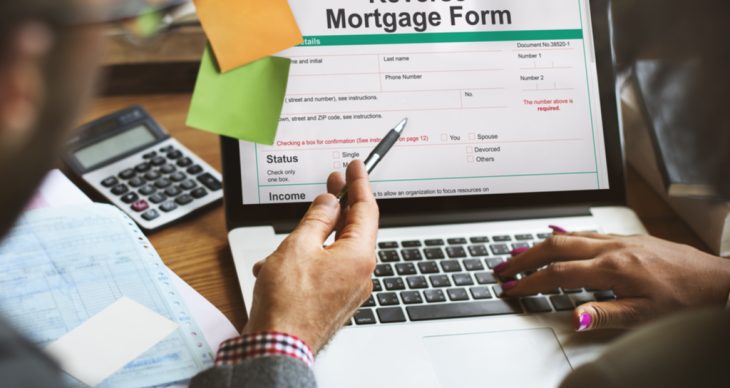If you do not qualify for mortgage assistance through the federal government, you may still be able to get assistance in other ways. Mortgage lenders do not want borrowers to default on their payments; as such, they are often willing to work with them to come up with a realistic solution to making payments.
One of the most popular ways to get mortgage help is to refinance your mortgage to another loan in order to lower your monthly mortgage payments. Refinancing is the process of replacing an existing mortgage with a new one, often one that has a better rate and better loan terms.
When you refinance your mortgage, you may choose to extend your loan term, giving you more time to pay off your mortgage. This divides your balance into more months, resulting in lower monthly payment amounts. Although it is not the same as forbearance, lowering your monthly payments can help you get a better handle on your finances.
Another way to get mortgage relief is to secure a better interest rate. Like other loans, interest is tacked onto your monthly mortgage payment and goes to the lender in exchange for the company providing up-front funds. Refinancing to a lower rate could save you hundreds of dollars in interest over the long term.
Homeowners ages 62 or older may seek mortgage assistance through a reverse mortgage. Through this process, homeowners can covert part of the equity, or the difference between the value of the home and the amount still owed, into cash.
However, keep in mind that a reverse mortgage could take all the equity out of the home. This could result in a lower profit margin when it is time to sell.
If you are looking for immediate mortgage relief and have exhausted all other options, you may be considering selling your home to get out from under the mortgage payments. By participating in a short sale of your home, you sell it for less than what is owed. Any money you receive from the sale is sent to your lender, which generally excuses the remaining balance.
Short sales are only recommended to homeowners as a last resort to avoid foreclosure. Most financial hardships are only temporary, so it is almost always better to find another mortgage relief option until the hardship is resolved. It is also not recommended to those who do not have another place to live.




